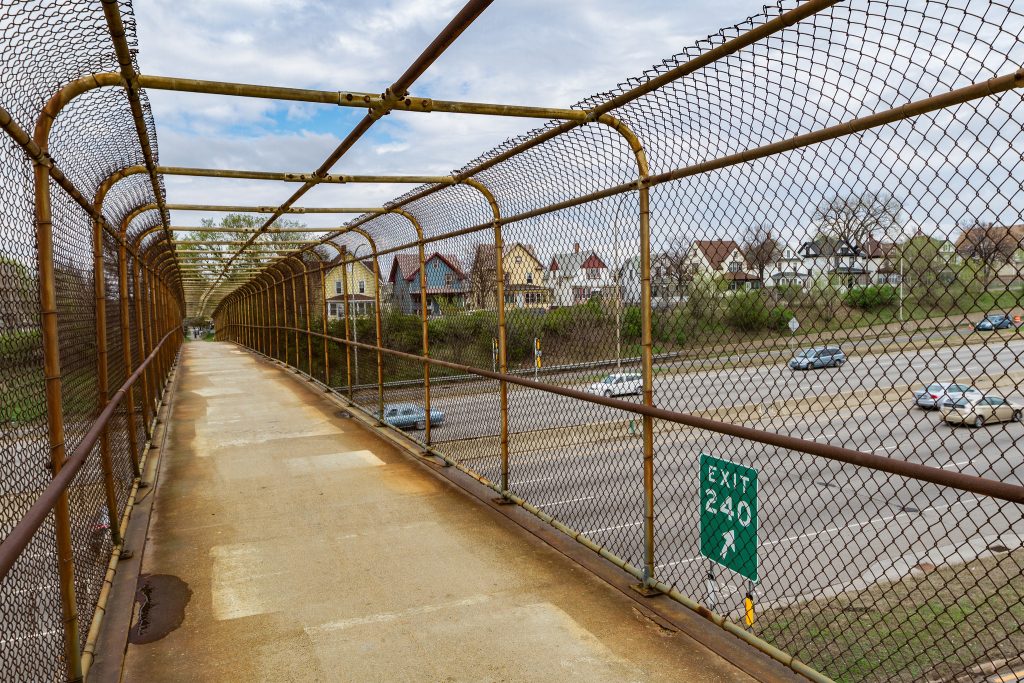
The history of how cities in the United States were designed, built, and rebuilt helps answer two important questions: Why doesn’t equity mean everyone getting the same thing? And why doesn’t equity mean equal? We will learn that the way cities were designed and planned meant, for so long, that many people got much less, or nothing, or had things taken from them. In some cases the taking was completely legal and based on unfair laws and regulations; in others, the taking was illegal. The term equity matters, and matters in terms of how we design and build our cities. For too long these processes and places have allowed some groups to access opportunities while others are left behind.
This history is happening now. It’s just hard to see the pattern unless you look at the past and the present together. What’s shocking is that, when I say history, I’m not only referring to things that happened 600 or 100 or 50 years ago. This history is happening now. It’s just hard to see the pattern unless you look at the past and the present together. California Judge LaDoris Cordell presents one of the most succinct accounts of this history.[1] As you listen to her lecture, take special note of the stories she tells that relate to the built environment—to housing and housing financing, to planning and transportation.
When I teach the Design Equity class, we watch a video that dives deeper into the planning of housing in cities and suburbs and the racial wealth gap that resulted.[2] Then we compile the dates from the readings and video into a large timeline so we can take it in at once. It’s an awful moment, seeing it up on the wall. Awful if you are someone whose family experienced it, awful if you are experiencing more of the same today. And awful if you thought we were living in a post-racial world and had moved on since slavery and the civil rights movement.
But it can also be a moment when big chunks of our own personal racism—our unconscious belief that maybe some people are better than others just because of the color of their skin—can drop away. Those Black neighborhoods you sometimes drive by aren’t falling apart because people don’t care, they’re falling apart because for years banks wouldn’t give people loans to fix up their properties. Meanwhile, the houses in suburban white neighborhoods seem to have stood the test of time—but that’s because the same banks gave cheap loans to white families.
Do environmental designers know this history?Do environmental designers know this history? I would argue that planners know this history better than designers. Most planning programs are tied to a social sciences program, and planning history is more likely than design history to be taught from a social/political perspective. Most designers, in contrast, learn history from an art-history approach, one aimed at giving us a vocabulary of Western European styles and forms like Classical, Baroque, Beaux Arts, Modern, and Post-modern, and with a focus more on how things look than on how they impact people’s lives. This is slowly changing, but not fast enough.
The resources listed below will help us see the city and all its parts in a different way—as the physical embodiment of values that continue to shape how people live and what they can and cannot do. As visual cues to what is considered important and what is not, who is considered important and who is not, where power is and where it isn’t.
In the following chapters we will look at how people are trying to address these injustices from within different fields, like health, transportation, information, and housing. Each of these fields of equity research and practice takes on overlapping pieces of a complex puzzle. We will focus here on health, transportation, and information, mapping some of the ways in which each of these fields relates to what we have learned so far about equity and the built environment.
Additional Resources:
- Sociologist and Dean of Pitzer College, Dr. Melvin Oliver explains the relationships among wealth, housing, and race. Oliver, M. (2003). Race and Wealth – Available at https://www.pbs.org/race/000_About/002_04-background-03-05.htm
- Hayden, D. (2001, March). Revisiting the Sitcom Suburbs. Landlines. Available at http://www.lincolninst.edu/publications/articles/revisiting-sitcom-suburbs Professor Dolores Hayden describes the political roots of the post-war suburban housing boom. Also see Hayden’s 2002 book: Redesigning the American dream: the future of housing, work, and family life. New York: W.W. Norton.
Endnotes
- See “Risky Business: Confronting Racism in America” at http://www.mprnews.org/story/2015/10/30/mpr_news_presents ↵
- See "How the Racial Wealth Gap Was Created" at https://vimeo.com/133506632 ↵

